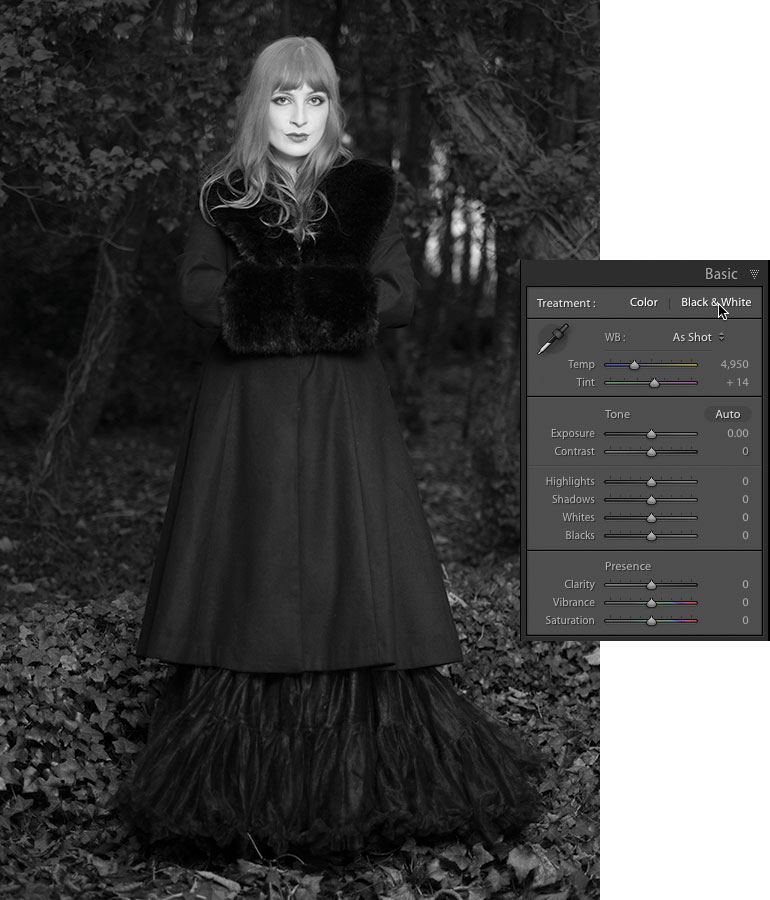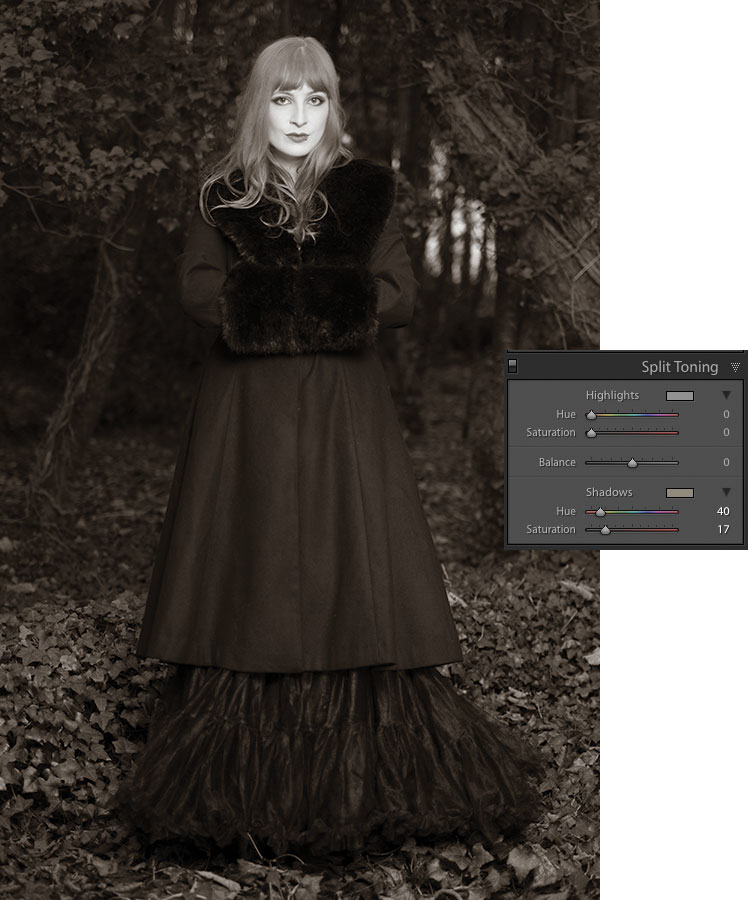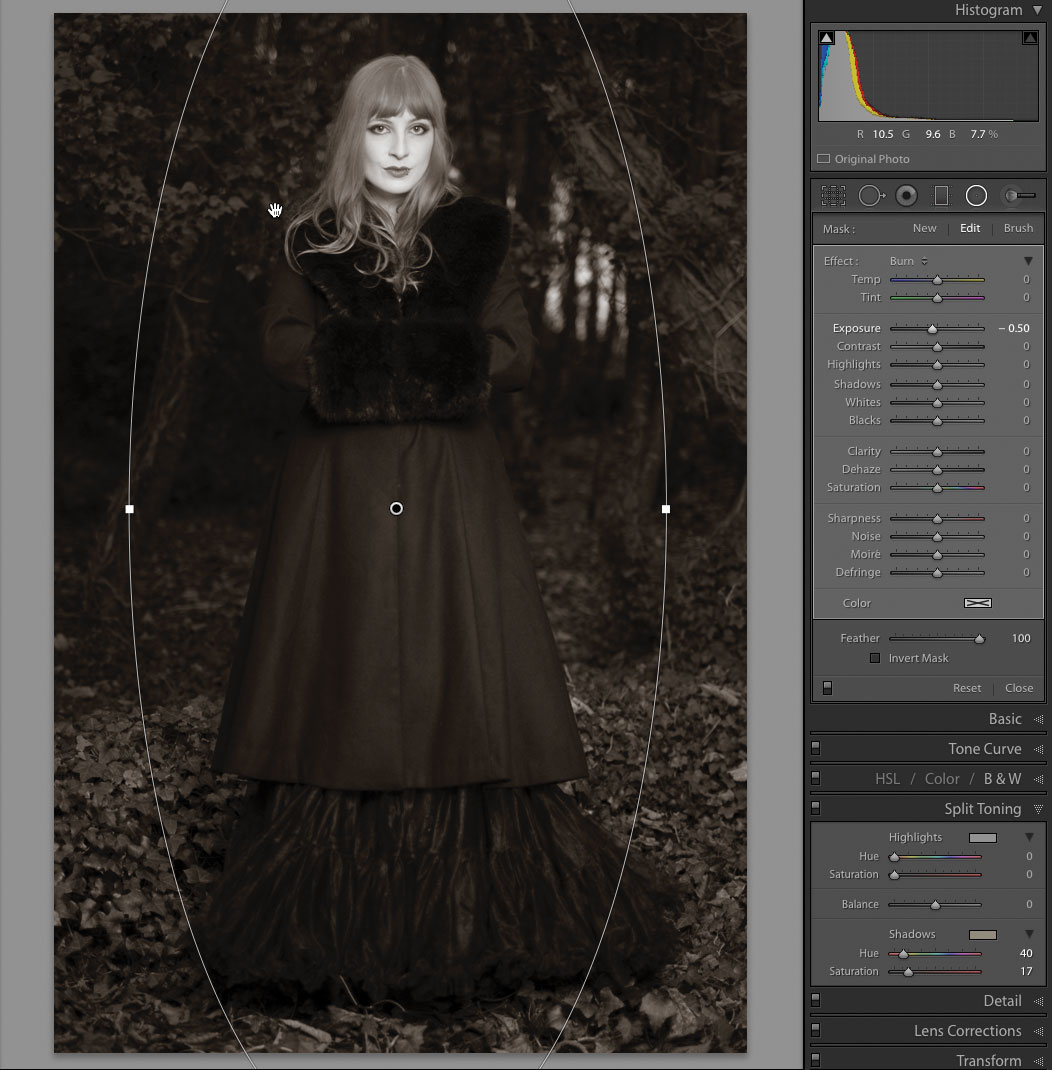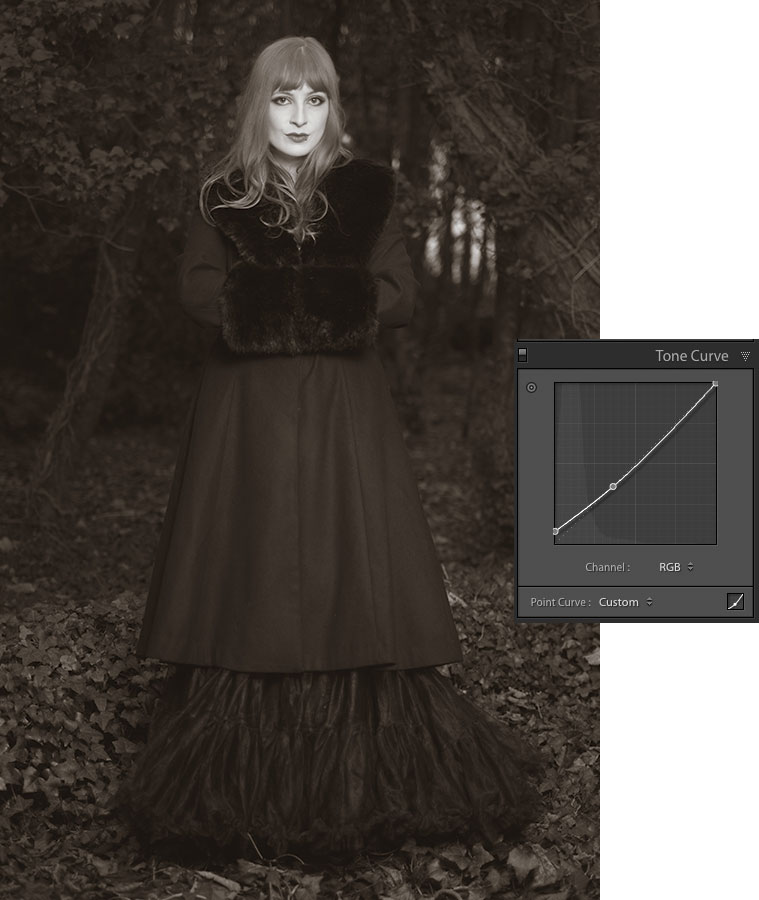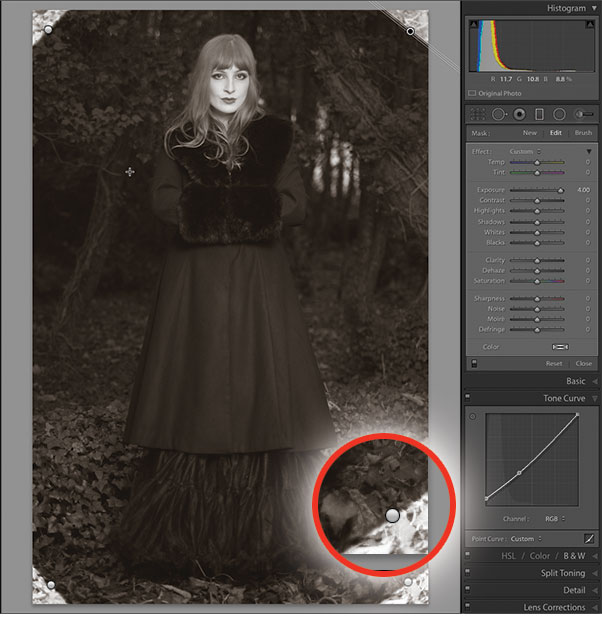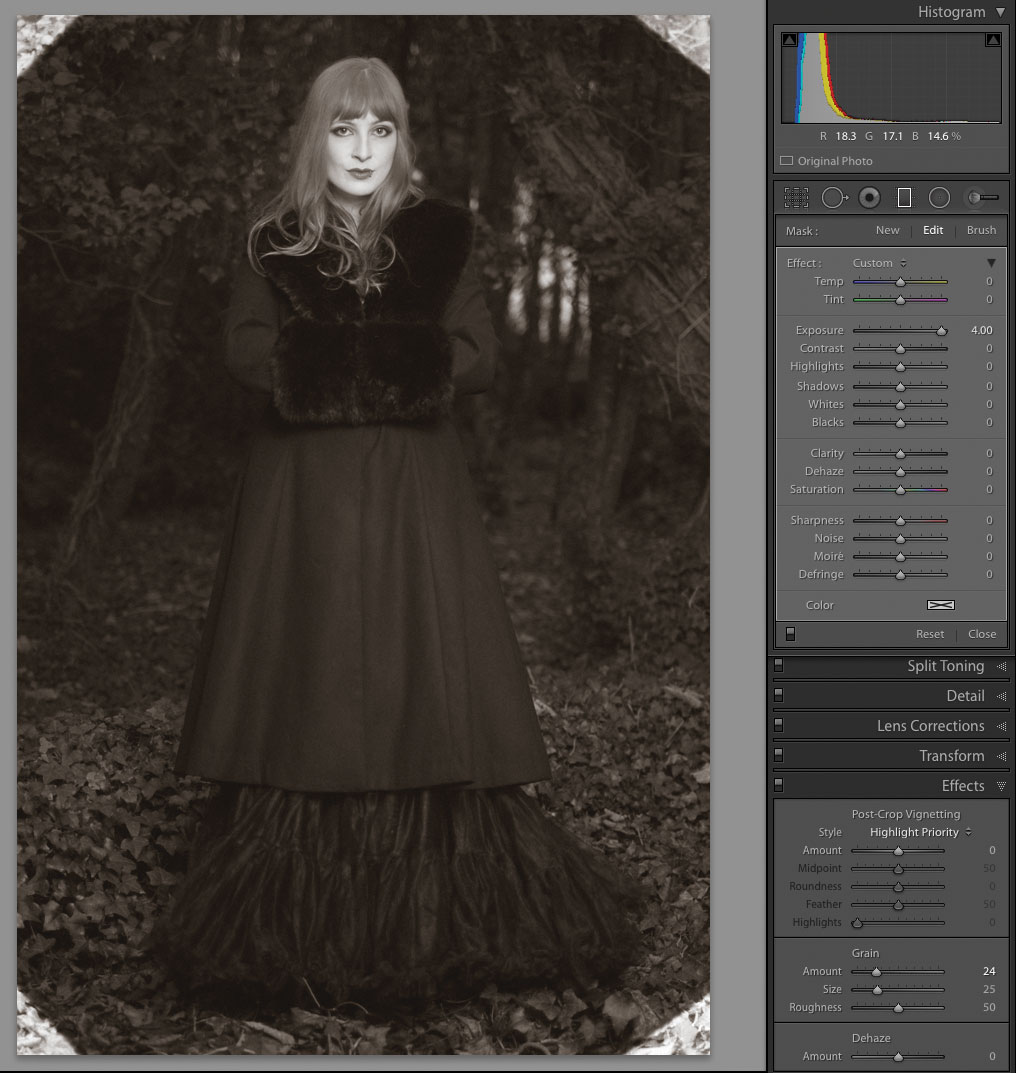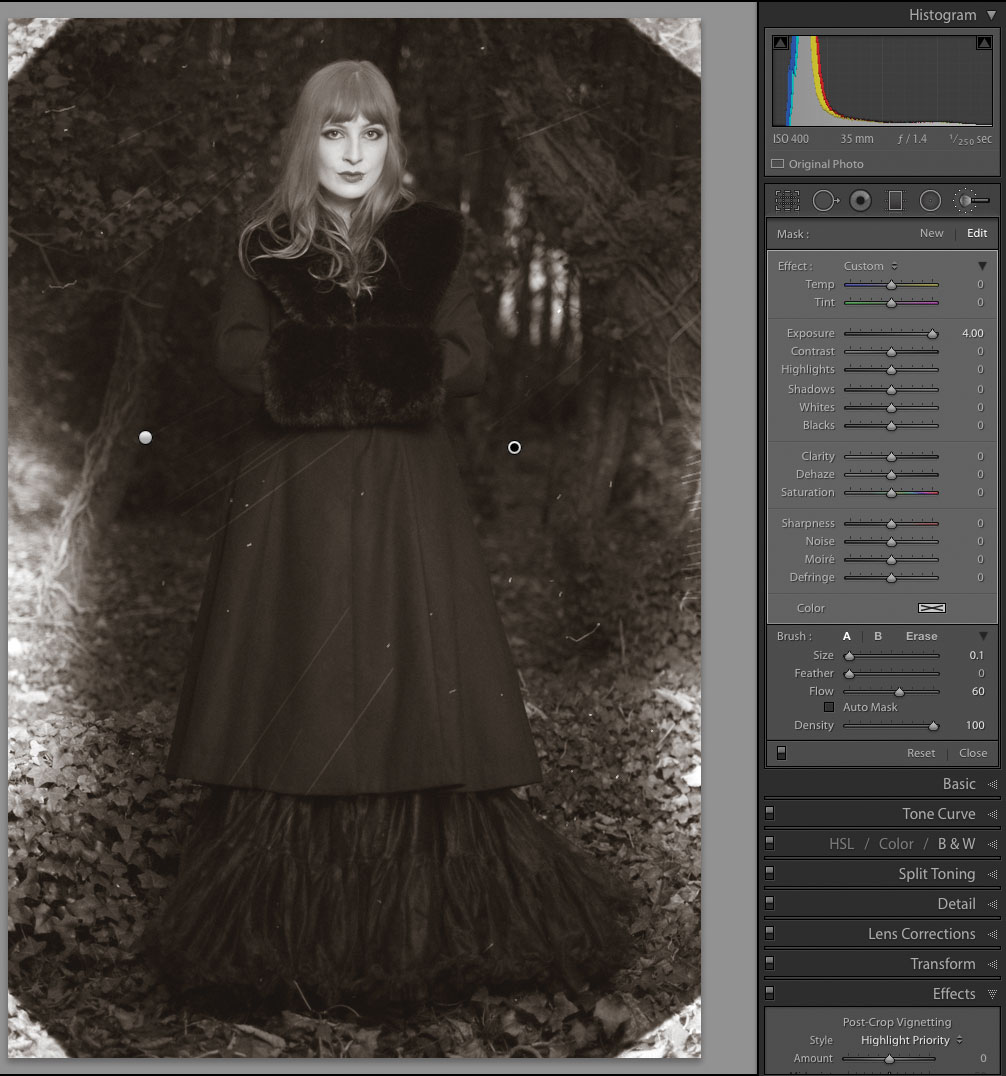Lightroom series part 15: How to create a vintage-looking portrait in Lightroom
Discover how to successfully emulate an old-time portrait using a modern-day toolset in Lightroom...
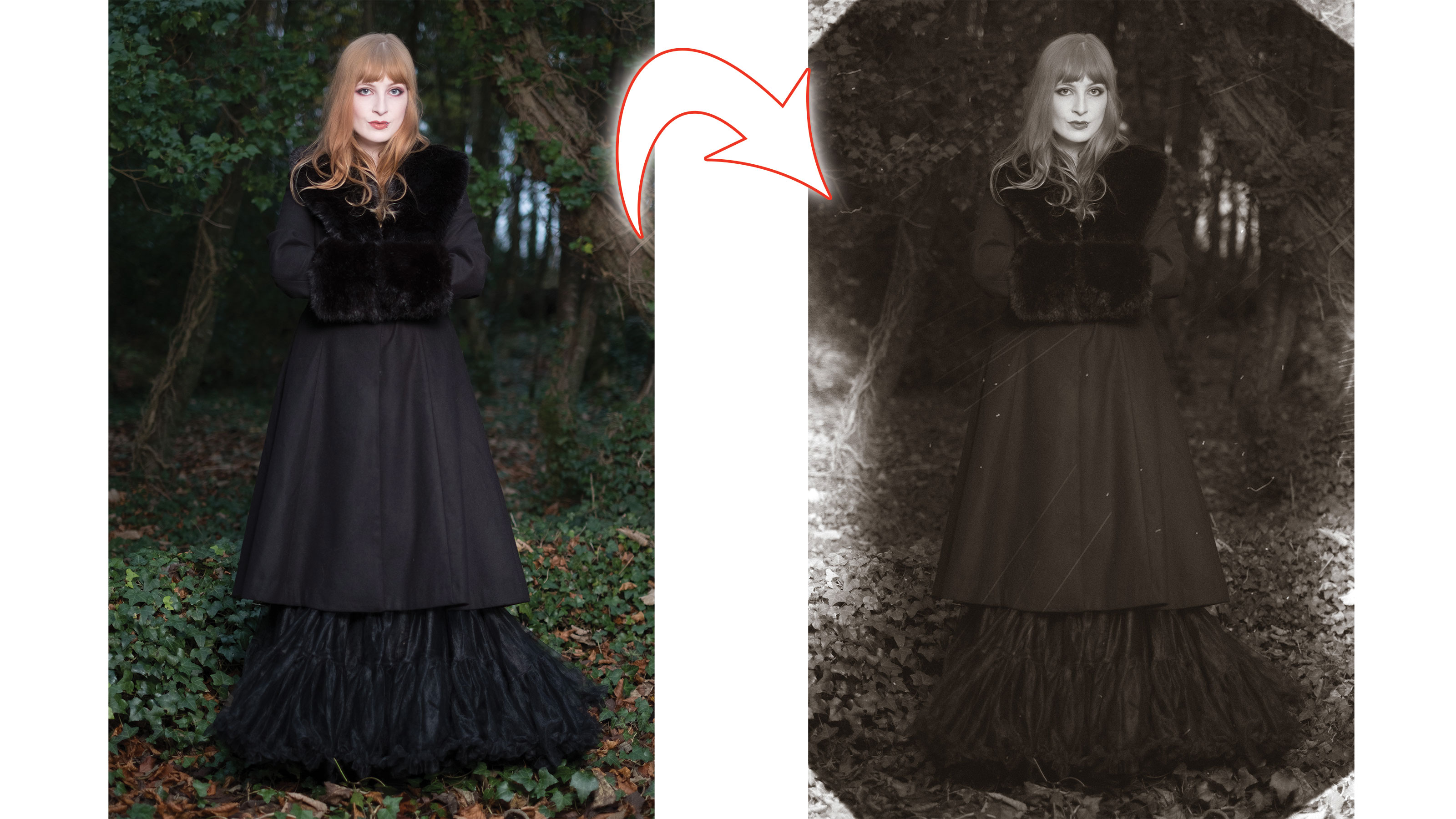
Wit all the nostalgia surrounding film and alternative film-making, we’re seeing a resurgence of artists using almost-forgotten photography techniques. I’ve attended some wet-plate collodion classes myself, and can attest to how much fun it is. Processing photos by hand isn’t for everyone, but it’s still possible to get the look for your digital photos using Lightroom.
Welcome to the 15th instalment of our Lightroom series, first published in Digital Camera magazine (see below for subscription offers).
If you are already a Lightroom user, you could discover some new tricks and processes you haven't tried yet. If you don't use Lightroom, then scroll down to the bottom where you'll discover how to get it and which Adobe Photography Plan is best.
To really make vintage images shine, it’s best to shoot something that looks like it may be from that era. Here’s something that I’ve done since learning the practical side of this look...
• See more Lightroom tutorials
1. Old-tone style
The first part of the process is to create a black and white photo with an old-style tone. Select Black and White in the Basic panel. If you want, you can tweak the tones further in the B&W panel, but clicking Black & White in Basic will suffice for now.
2. Vintage tone
To add a vintage tone, go to the Split Toning panel. Choose a suitable Shadow tone. Between 35-45 Hue and 15-20 Saturation works well.
The best camera deals, reviews, product advice, and unmissable photography news, direct to your inbox!
3. Make a vignette
The next step is to create a vignette. (Old lenses weren’t great, and naturally darkened around the edges.) For speed, use a Radial Filter. (Press Shift+M to access one.) Leave Invert Mask off, and set Exposure to -0.5 stops. Drag a filter over the subject. Move the handles to let the edges darken, but leave the subject alone.
4. Fade it
The next step is to fade the image. Go to the Tone Curve. Click the Point Curve icon. Click a single point about a third of the way along the RGB curve. Now hold Shift and drag the bottom-left point up a little in order to reduce the blacks and make the photo look a bit faded.
5. Hold in place
One thing I learned from making real plates is that the images have to be held in place. This holding means that the corners are lighter than the photo. You need to use a Graduated Filter at 45 degrees on each corner, set to +4 Exposure. Bonus: You can save the corners as a preset.
6. Add Grain
The final part is to add Grain. Go to the Effects panel and bring Amount up to 25. In reality, wet plates are fairly grain-free, but it’s a nice touch on the photos anyway.
Expert tip: Create your own imperfections
To really make this look antique, you can add some light leaks and scratches. Usually this is done in Photoshop, but you can cheat a little. For the light leak, use a Radial Filter with Invert Mask on, set to +4 stops Exposure. Drag a few filters over the edge of the image. For the scratches, use the Brush tool. (Press K to activate.) Set the brush size as small and hard as possible (0.1 Size, 0 Feather). Set Flow to 60. Set Exposure to 1.20 and draw a series of parallel lines near the centre of the image. Click New, then increase Exposure to 4. Click a few dots around the photos to create fake dust spots. Squiggle a few lines to make them look like hairs.
About Digital Camera magazine
This tutorial originally appeared in Digital Camera Magazine, the monthly newsstand magazine for all photographers. Why not subscribe to a print edition, and have the magazine delivered direct to your door every month?
Alternatively, we have a number of different digital options available, including:
• Apple app (for iPad or iPhone)
• Zinio app (multi-platform app for desktop or smartphone)
• PocketMags (multi-platform app ideal for Android devices)
• Readly (all-you-can-eat digital magazine subscription service)
If you wanted a printed version of any of our most recent issues we have a selection of back issues to choose from in our online store.
How to get Adobe Lightroom
Adobe Lightroom is available in two versions: the regular Adobe Lightroom Classic CC designed for desktop users, which is what we cover in this series, and a new cloud-based Adobe Lightroom CC, which stores your files online and offers a similar but reduced set of features. For regular desktop users we recommend Adobe Lightroom Classic CC.
Adobe offers three subscription based Photography Plans which you can click on below. We recommend either the regular Photography Plan, or the Photography Plan (1TB) which costs more but comes with 1TB online storage in case you decide to go with Lightroom CC.
For this set of tutorials and for anyone who likes to work on a single main computer, we recommend the regular Creative Cloud Photography Plan. This is the cheapest way to get started AND it comes with Photoshop CC too.
Read more:
• This is the best photo-editing software today
• These are the best laptops for photographers right now
• We help you choose the best desktop computers for photo editing
• Essential portrait photography tips
Sean McCormack is a commercial, and editorial photographer, book author, and regular contributor to Digital Camera magazine based in Galway, Ireland. He has extensive experience with Lightroom, dating back to its original beta version, and has tried out just about every plugin and preset available. His latest book is Essential Development 3: 25 Tips for Lightroom Classic’s Develop Module.
